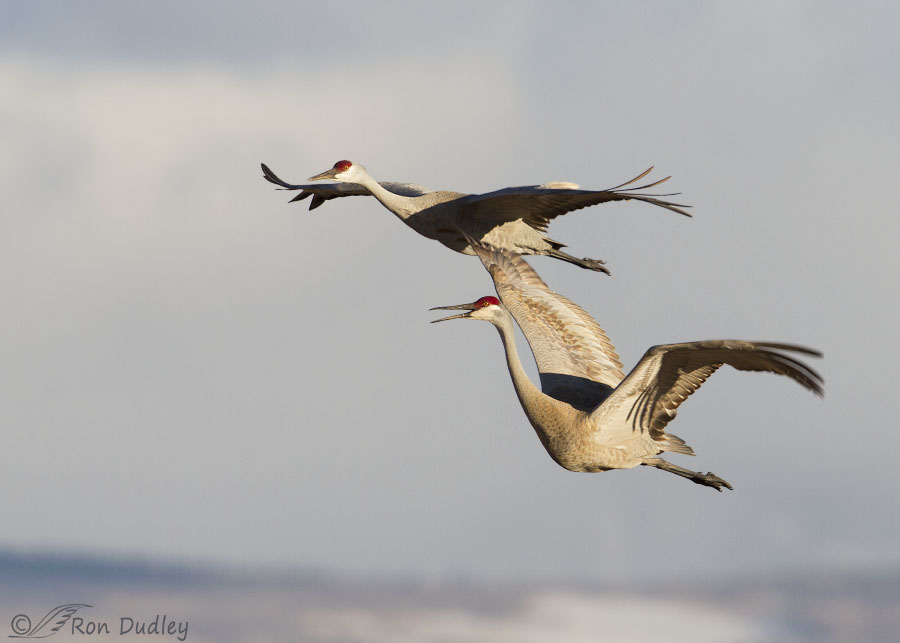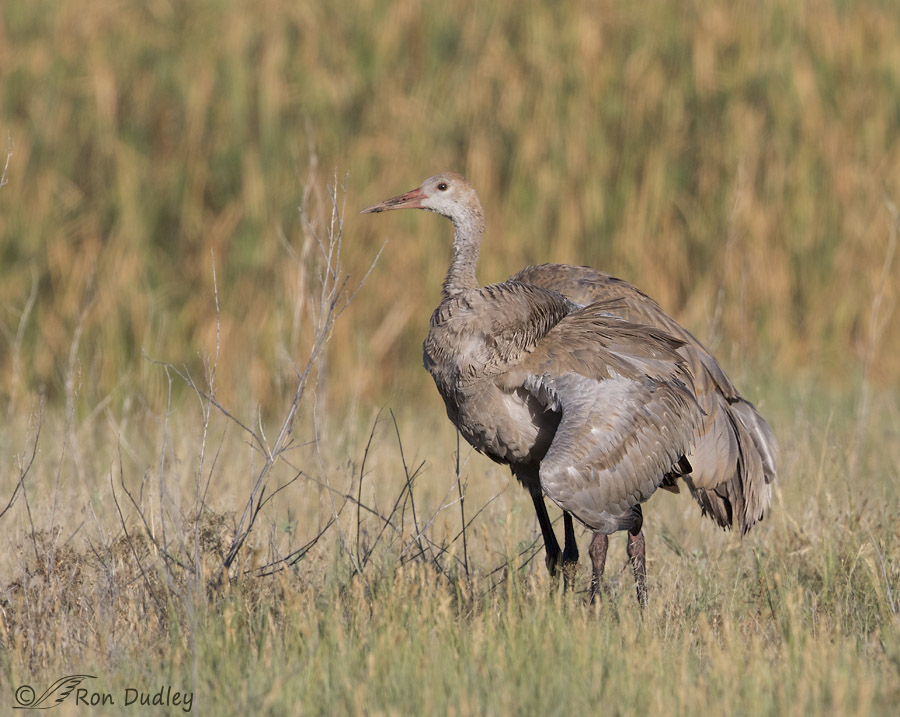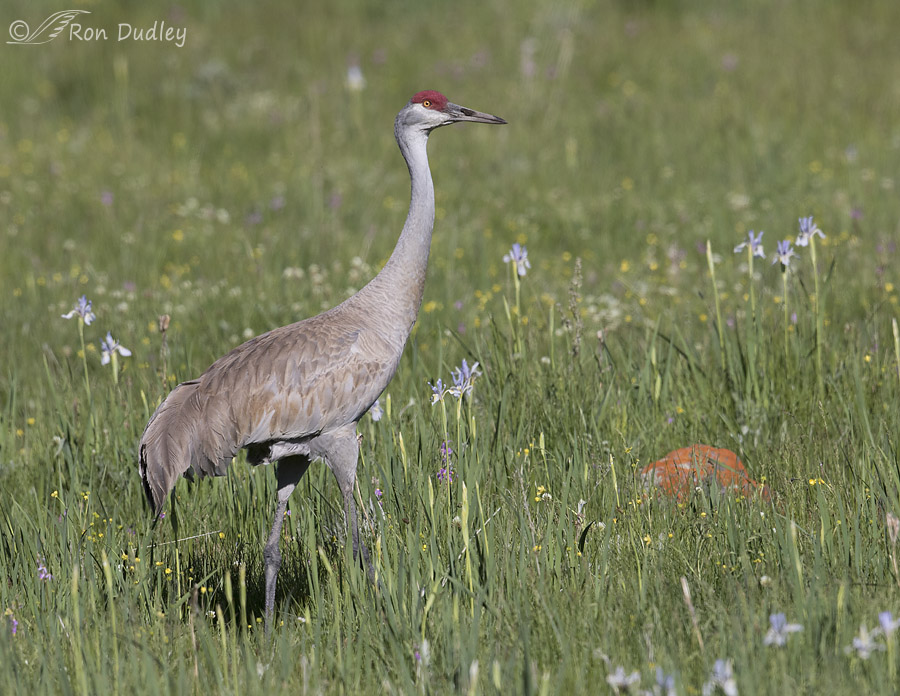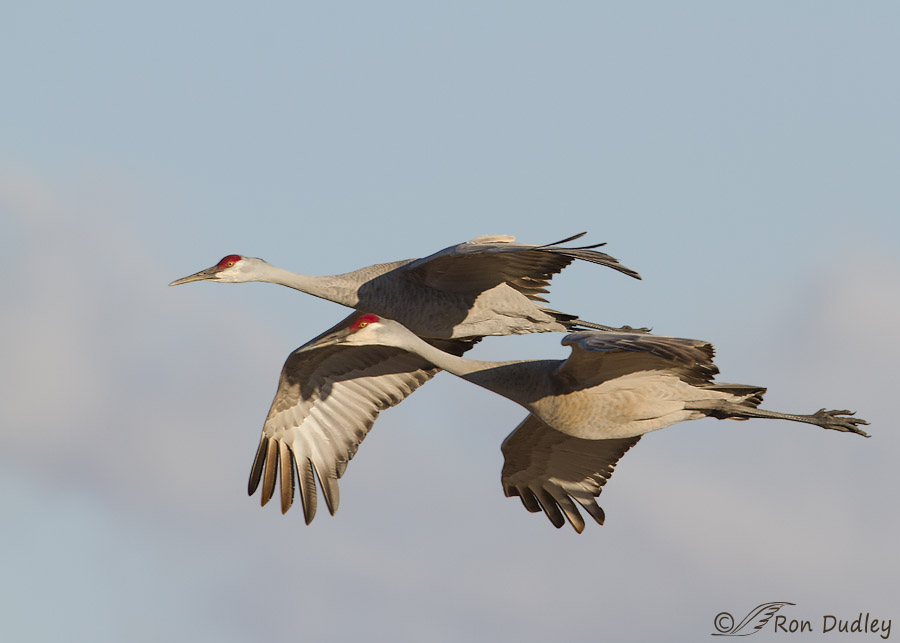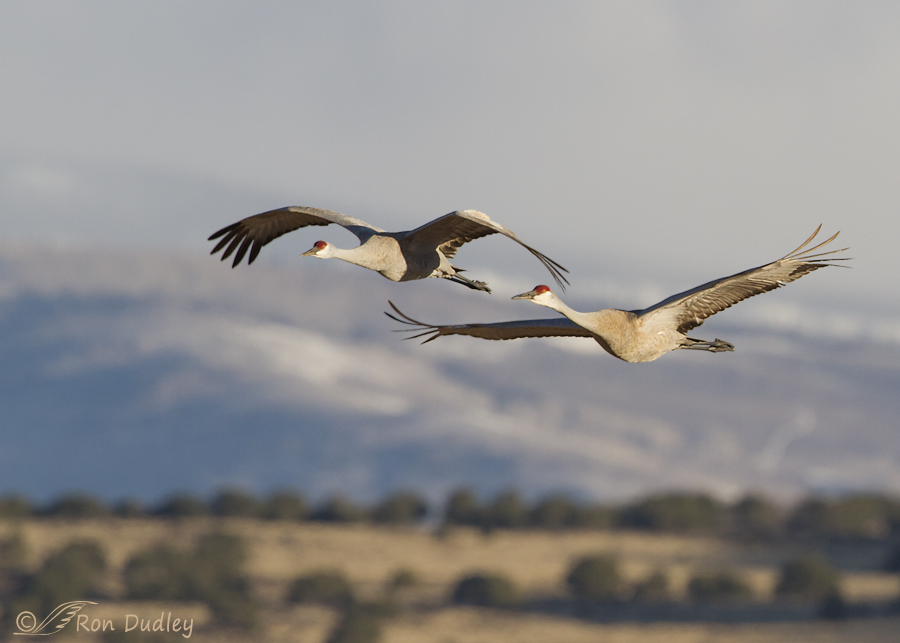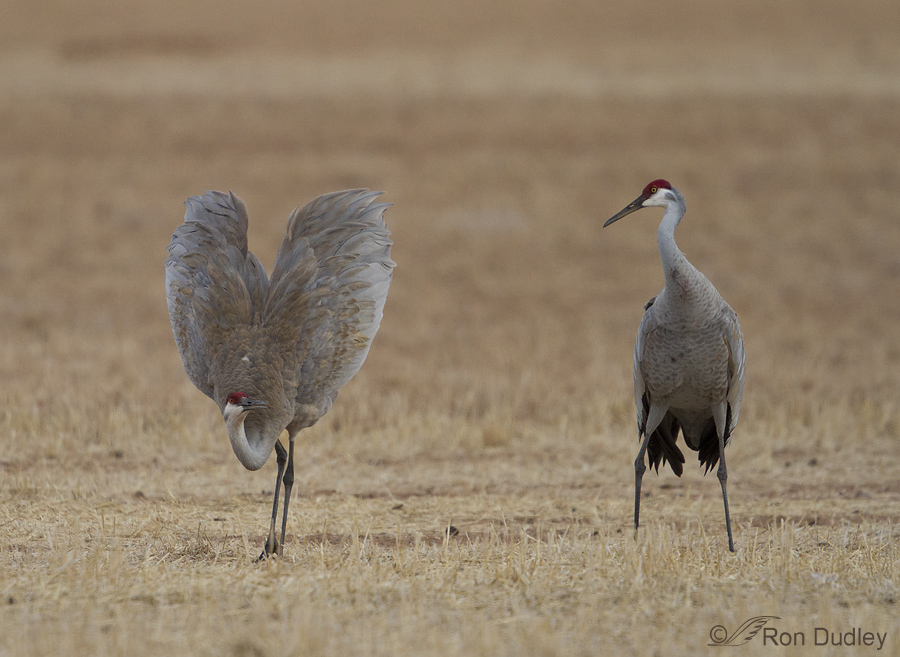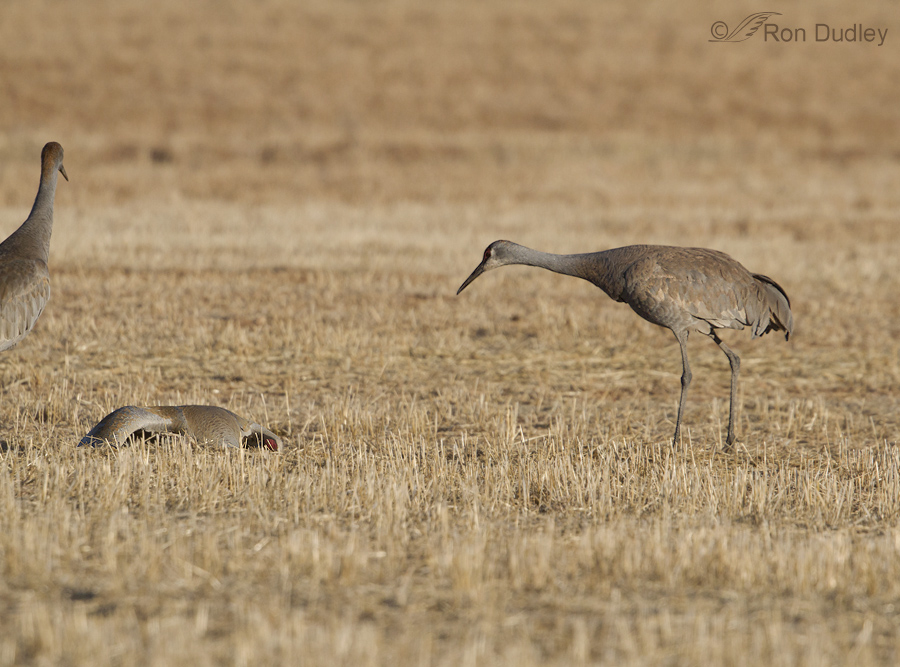Tag: grus canadensis
The Fattest, Weirdest Sandhill Crane I’ve Ever Seen
Sandhill Crane And Wildflowers In Wilderness
A Few Sandhill Crane Images I Find Interesting
Springtime Sandhill Cranes In Flight – Two Image Styles
Sandhill Crane In Flight
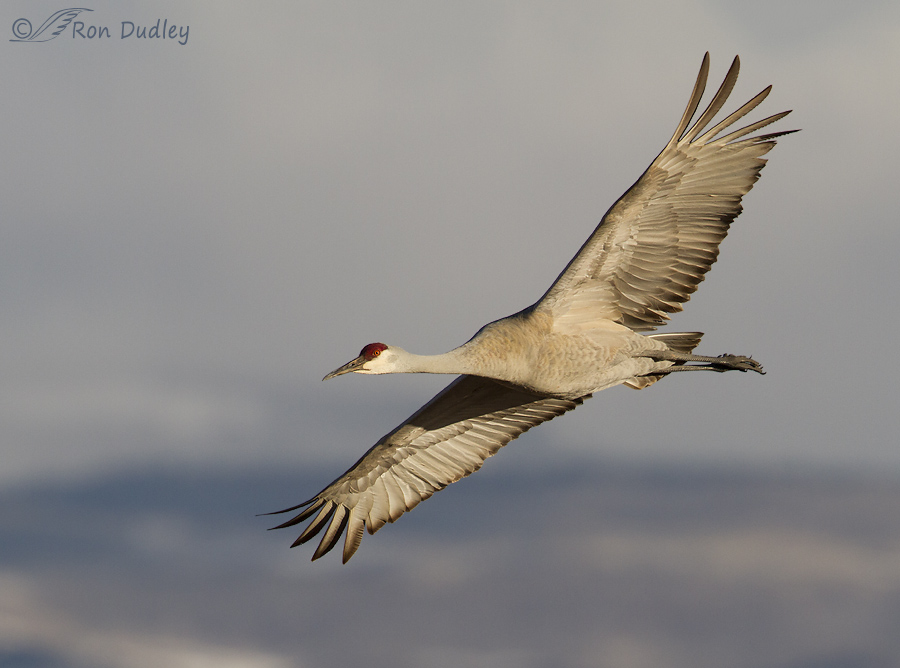
I started thinking about Sandhill Cranes for this post because a few days ago I drove through some of the mountain valleys in the Wasatch Range where I usually see these birds this time of year and they seemed to be totally absent. I hope that was just a happenstance of observation and not an actual fact. Earlier this spring I did see a lot of them migrating through.
Sandhill Crane Threat Displays
Mated Pairs Of Sandhill Cranes In Flight
Unusual Sandhill Crane Behavior
Sandhill Cranes In Flight
Migrating Sandhill Cranes were one of the highlights of our recent trip to southern Utah.
Sandhill Crane Take-off Sequence
On a beautiful spring morning in May of 2011 we found a small group of Sandhill Cranes on a pond as we approached Bear River Migratory Bird Refuge. We were some of the first folks on the access road and our careful approach made two of the birds a little nervous so they decided to vacate the area. I believe they were a mated pair. I got my pickup stopped and my lens aimed just after the first bird began to take off. 1/2500, f/6.3, ISO 500, 500 f/4, 1.4 tc I believe this to be the slightly larger male who took off first. The unconventional composition is meant to highlight the water splashes behind the bird. If you’ve never heard the distinctive, penetrating and very loud bugling calls (also called “trumpeting”) of this species you’re really missing something. As is typical of these cranes, these two were calling during lift off and just looking at these images has that haunting sound bouncing around in my head. These cranes have an unusual throat anatomy that allows them to make such resonating sounds. The trachea extends and coils down the long neck and well into the sternum. This unique anatomy “expands the amplitude and alters the pitch of the voice by the addition of harmonies”. Until these birds are 9-10 months old they can produce only a series of trilled whistles and peeps but as they mature their tracheas elongate and coil intrasternally which allows them to develop the adult voice. If you’re curious about their call, check out both the “unison call” and…
Male Sandhill Crane Dancing For His Lady
Sandhill Cranes are impressive birds, weighing up to about 11 pounds, standing 4′ tall with a wing span of almost 6 1/2′. And their very loud and penetrating bugling call is something every nature lover should experience. These birds are perennially monogamous with pair bonds formed in the spring when they perform elaborate courtship dances. These dances, usually performed just after sunrise, are the primary mechanism in pair bond formation. I found this pair of cranes in late April along the Antelope Island causeway. It was early morning and the birds were sidelit so I didn’t get light in the eyes in some of these shots but I found the behavior (and the sounds) to be fascinating and I think the image quality is sufficient for documentary purposes. All images presented here are in the order they were taken. Techs for all of these images: f/9, ISO 500, 500 f/4, 1.4 tc, shutter speed ranged from 1/400 to 1/800. Here the larger male in the back is approaching the female and calling loudly. That distinctive sound absolutely boomed across the shallow water. Then he begins to dance as he calls. He seemed to try to move in front of her as she walked to the left, in order to get her attention. He repeatedly jumped up into the air with his wings spread. Here he’s about a foot off the water surface though it’s difficult to tell because you can’t see his feet. Sometimes the female joins in the dancing but in this case…


